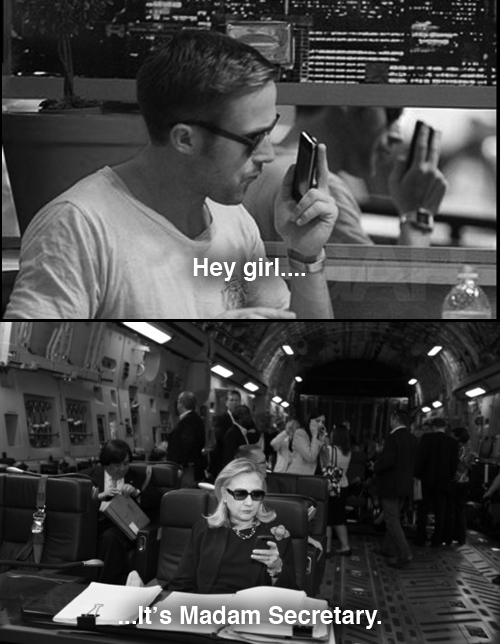
Post Updated April 10, 2012:
From glitter-bombs to meetings inside the White House Situation Room, politicians are prone to becoming Internet memes in this digital age. Hillary Clinton became the latest example last week, when a black-and-white image of the Secretary of State, in stylish shades, looking at her phone went viral through a Tumblr page called Texts From Hillary. Elsewhere, we found companies like Bravo who posted a version of the image on its Facebook page, with language promoting their reality series, The Real Housewives of D.C. The images are being shared on countless Facebook pages and social media outlets everywhere.
The buzzed-about image was actually taken by Diana Walker on assignment for TIME back in October 2011. In fact, Walker, who worked as TIME’s White House photographer for 20 years under Ronald Reagan, George H.W. Bush and Bill Clinton, was recently awarded the Luce Lifetime Achievement Award for her remarkable contributions to political photography, of which the Clinton picture is just one example. Taken during a weeklong trip with the Secretary of State for a TIME cover story, Walker’s image shows Clinton reading her mobile phone upon departure in a military plane bound for Tripoli, Libya on Oct. 18, 2011. A similar image by Kevin Lamarque of Reuters, who was also on the trip, is being also being used on the Tumblr.
Today businesses everywhere benefit from social media’s incredible power to drive traffic to their own web sites, and it’s a vital if not necessary means of distributing information, advertising and entertainment on the web. Diana Walker’s photo is by no means the first image to be used in this way, but it again raises many questions about the ease of appropriation on the Internet. In the case of Texts from Hillary, is Walker’s photograph fair game for political satire? When do you actually cross the line from satire to sharing… to stealing?
On TIME photo’s website and TIME branded social media, we always aim to credit photographers, promote their work and link back to the original source, but today there are no clear rules to follow. (Case in point: we don’t know where all the photos from Texts from Hillary, used in this gallery, originated.) At TIME we established our own standards to treat photographers fairly, but should clearer laws be made? We’d like to hear what you think about this issue in the current age of new social media. Please add your comments below.
If you’re wondering what the Secretary of State thought about the all the buzz surrounding Texts from Hillary, just visit the Tumblr’s creator Adam Smith’s Twitter feed. Today, Hillary Clinton met with the two developers of the web parody, Stacy Lambe and Adam Smith, both Washington-based communications advisers.
Afterward, Clinton posed with Lambe and Smith and even signed a copy of her “Text from Hillary” submission: “Thanks for the many LOLZ Hillary ‘Hillz.”
Text by Feifei Sun, Associate Editor and Paul Moakley, Deputy Photo Editor, TIME.
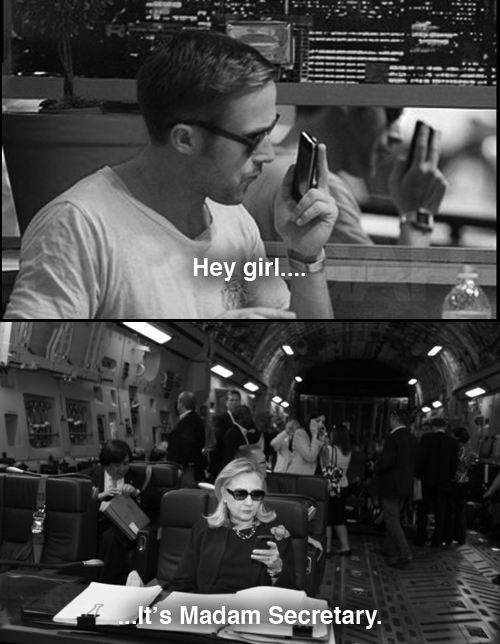
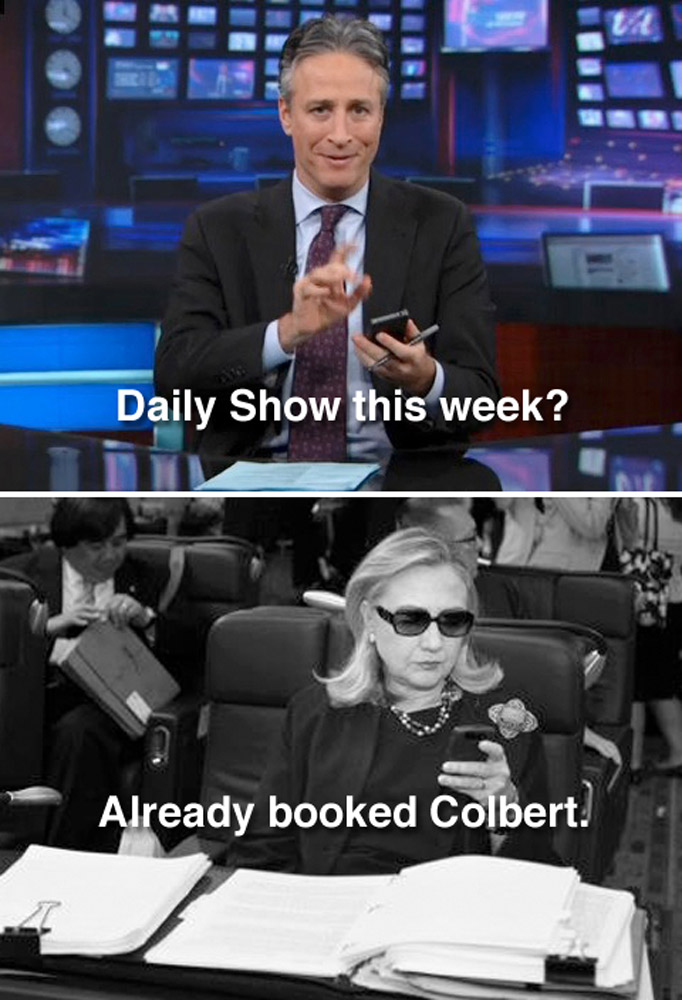
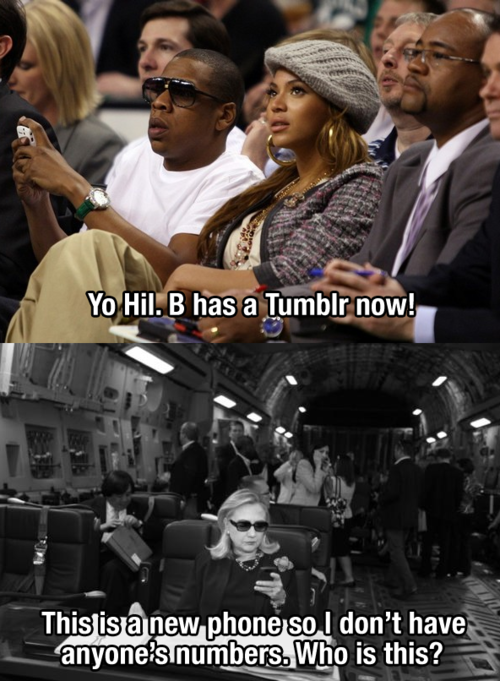
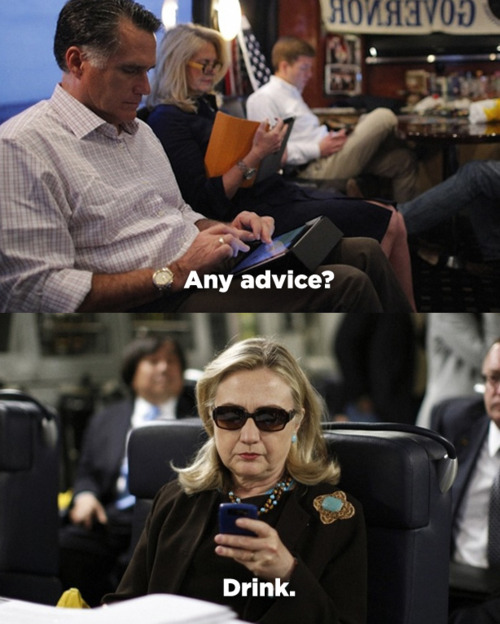
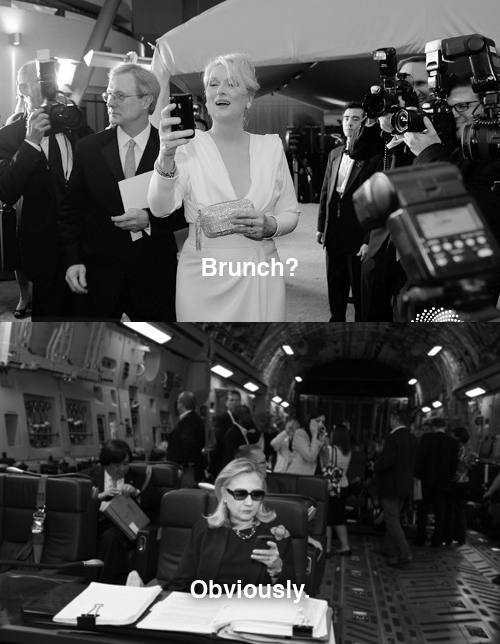
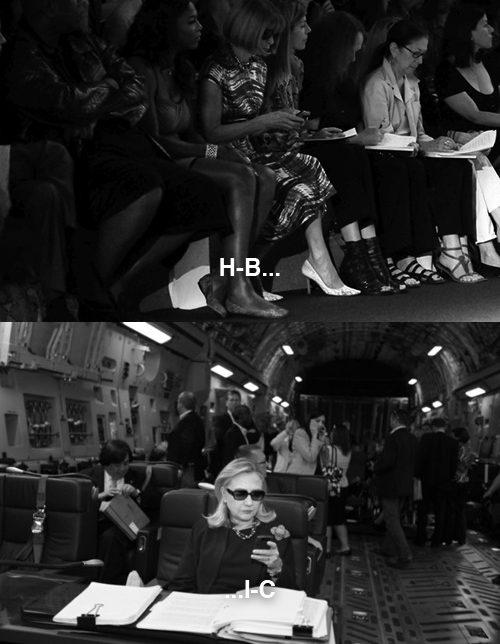
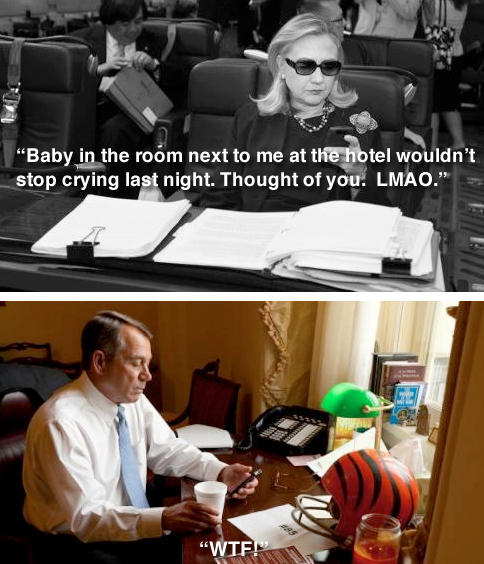
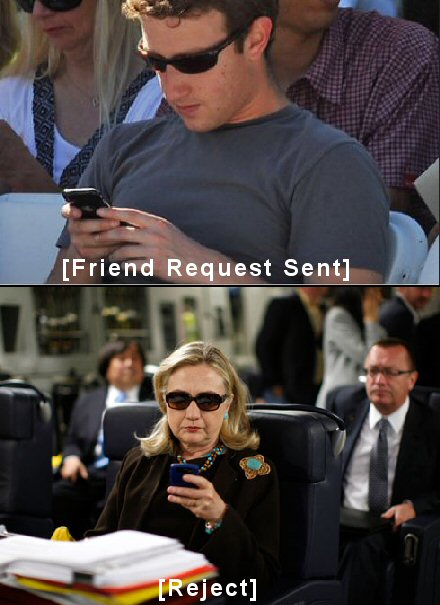
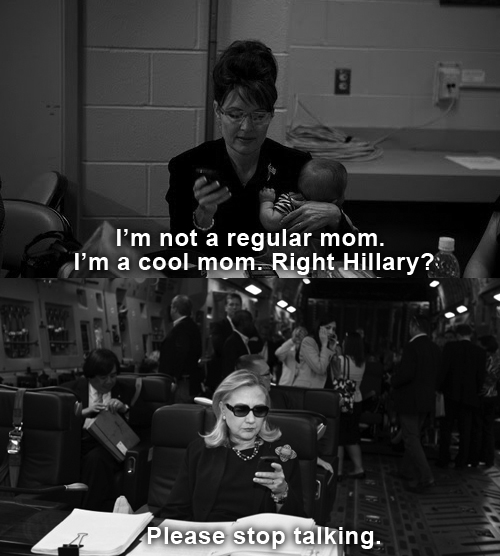
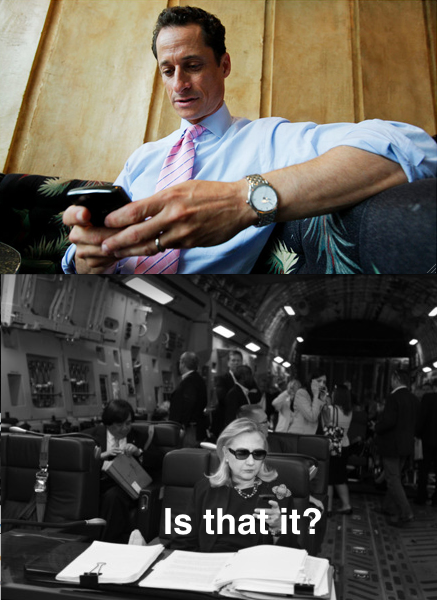
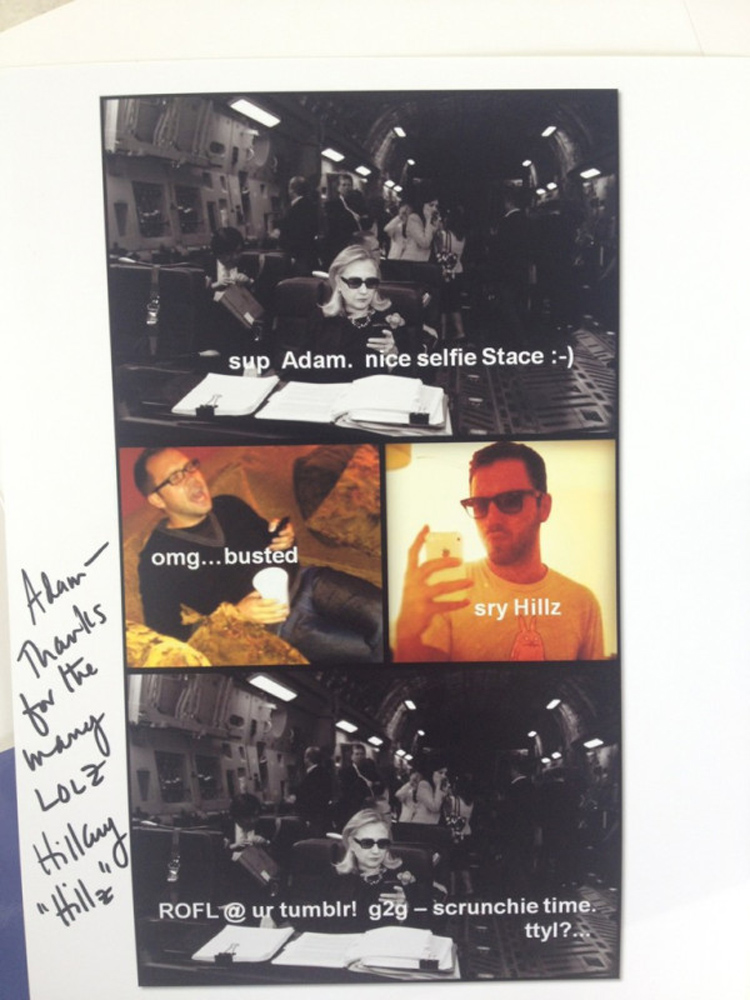
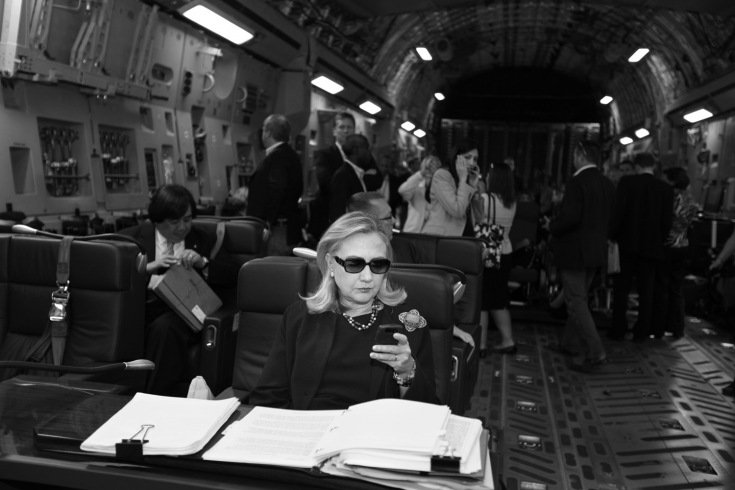
More Must-Reads from TIME
- How the Economy is Doing in the Swing States
- Harris Battles For the Bro Vote
- Our Guide to Voting in the 2024 Election
- Mel Robbins Will Make You Do It
- Why Vinegar Is So Good for You
- You Don’t Have to Dread the End of Daylight Saving
- The 20 Best Halloween TV Episodes of All Time
- Meet TIME's Newest Class of Next Generation Leaders
Contact us at letters@time.com